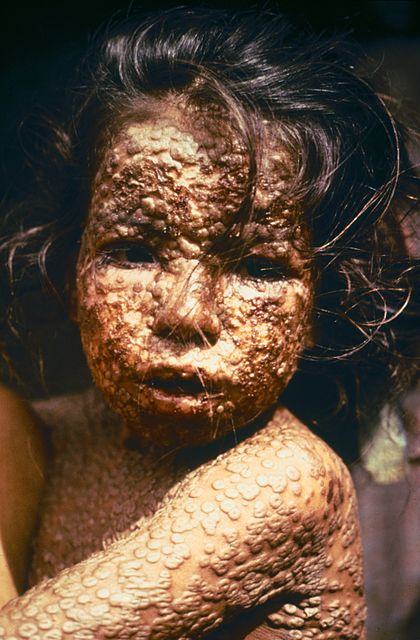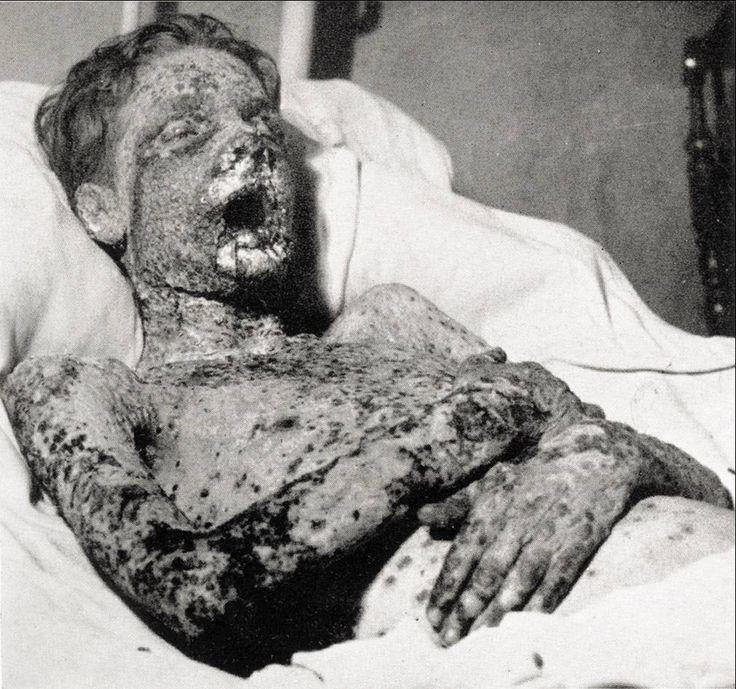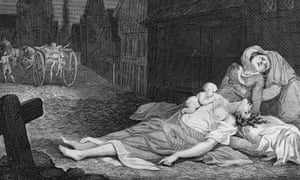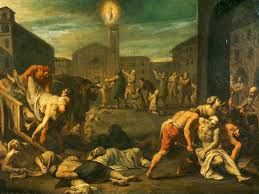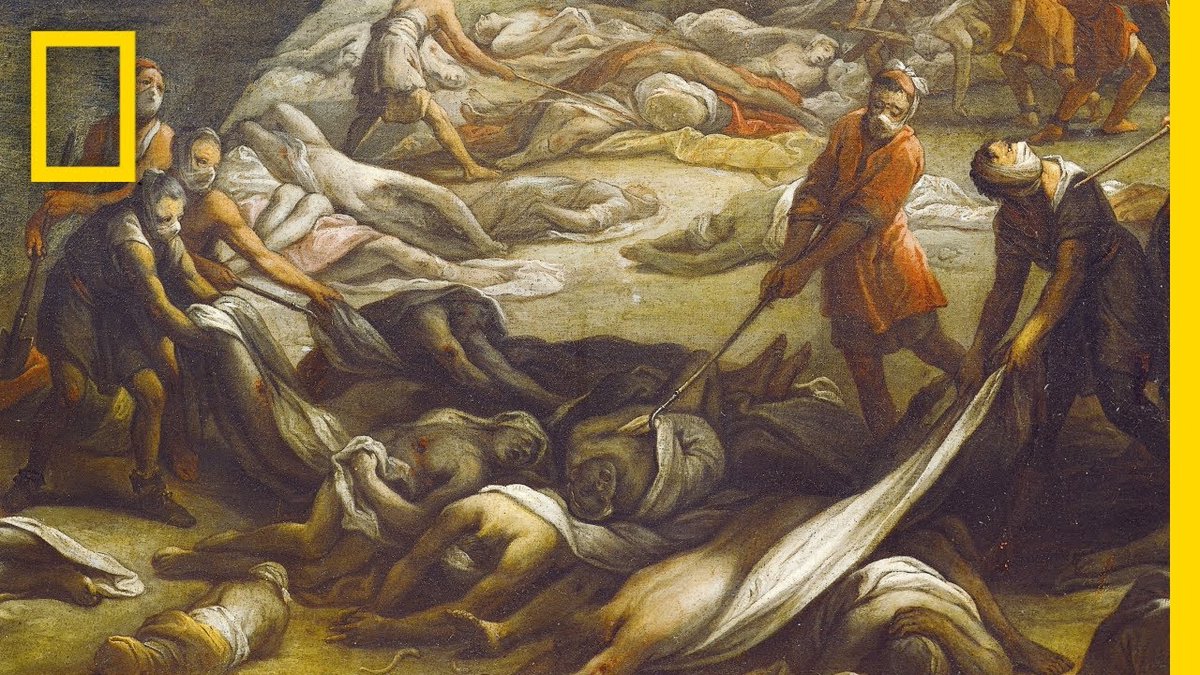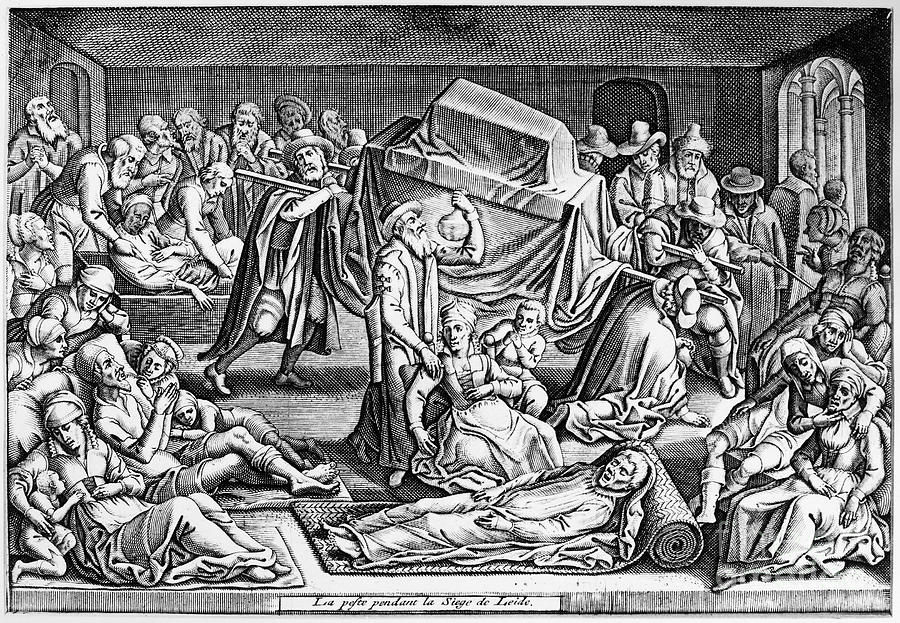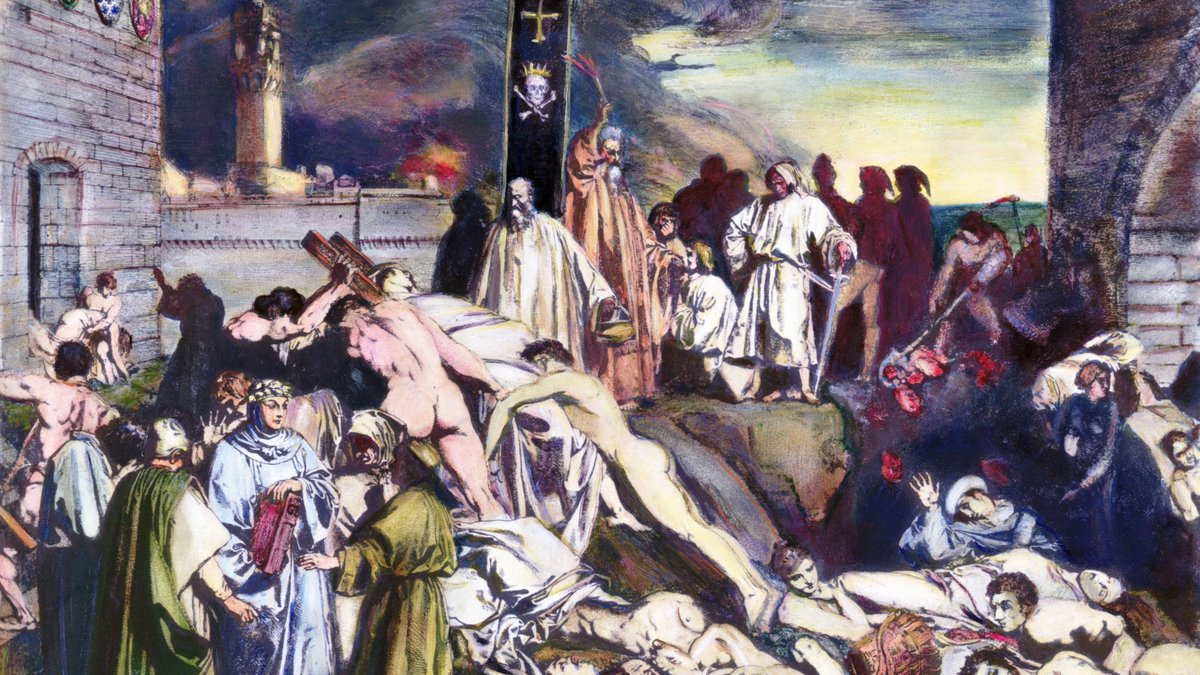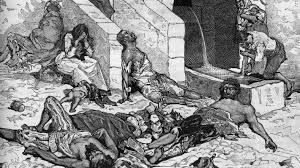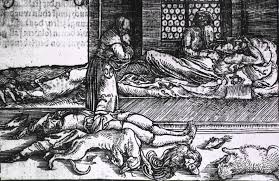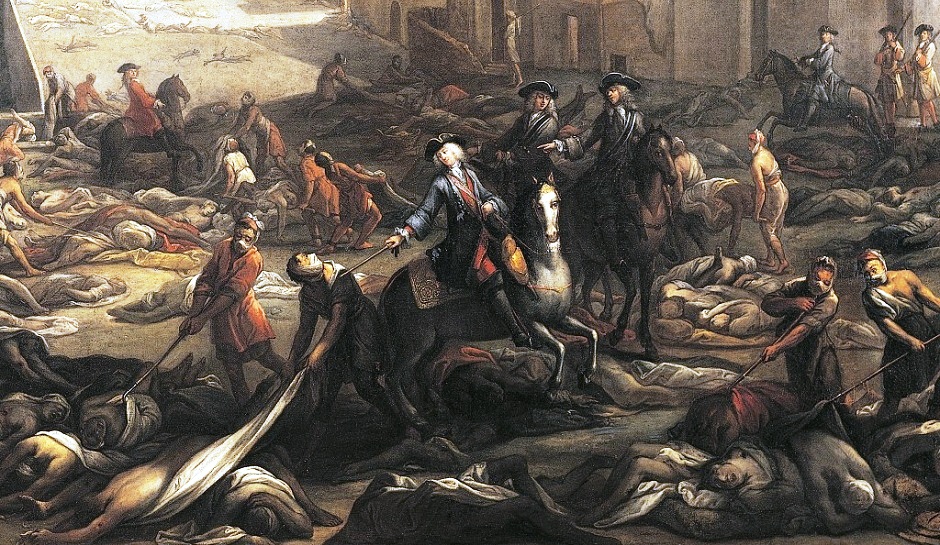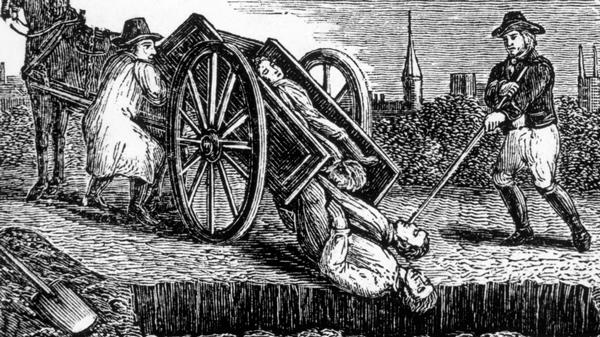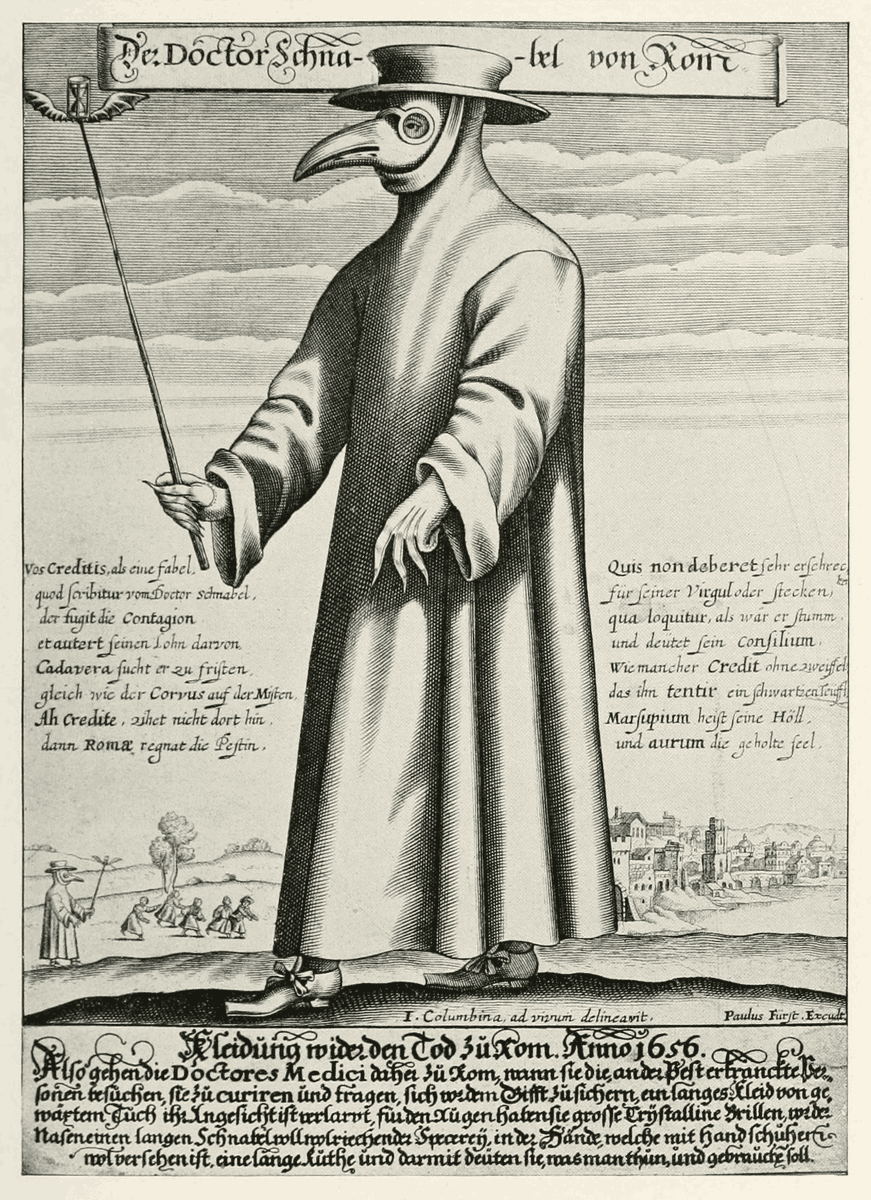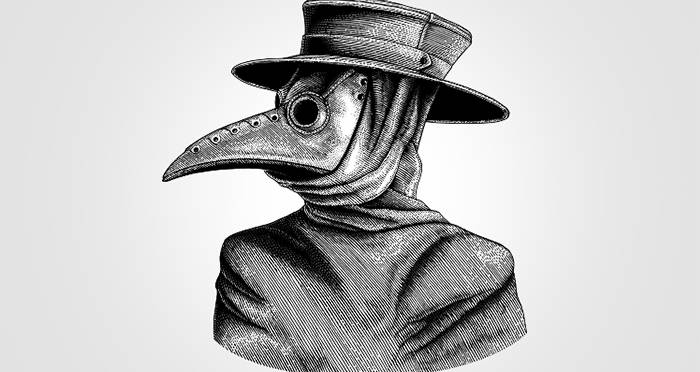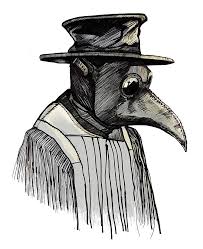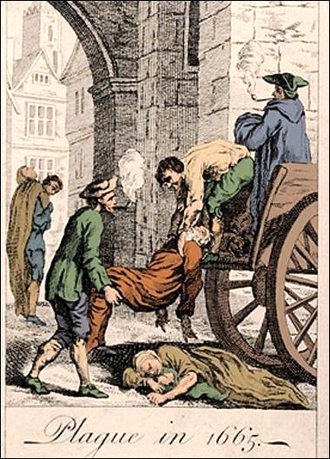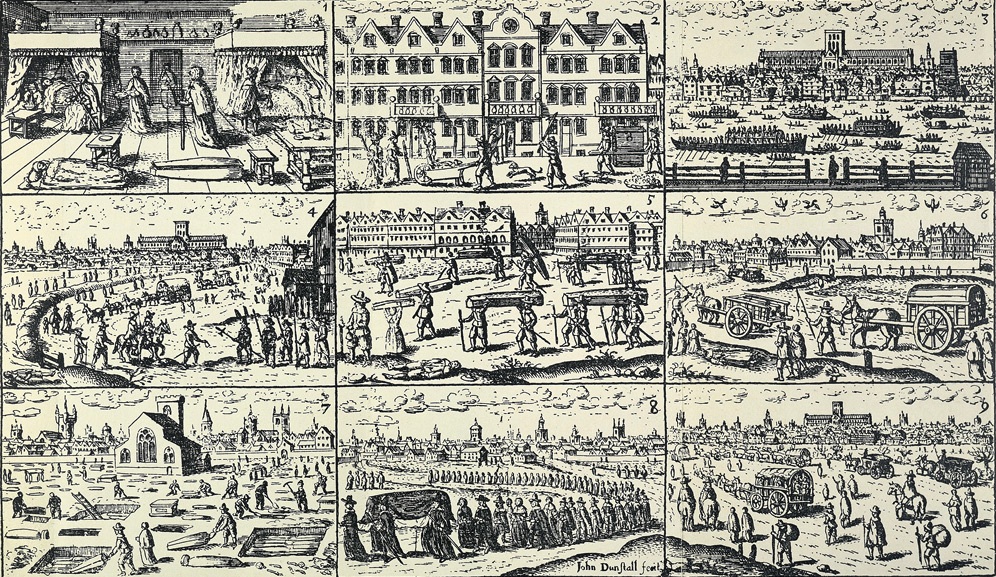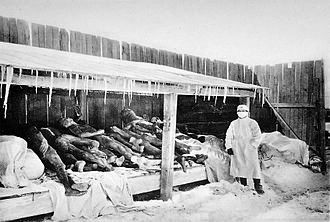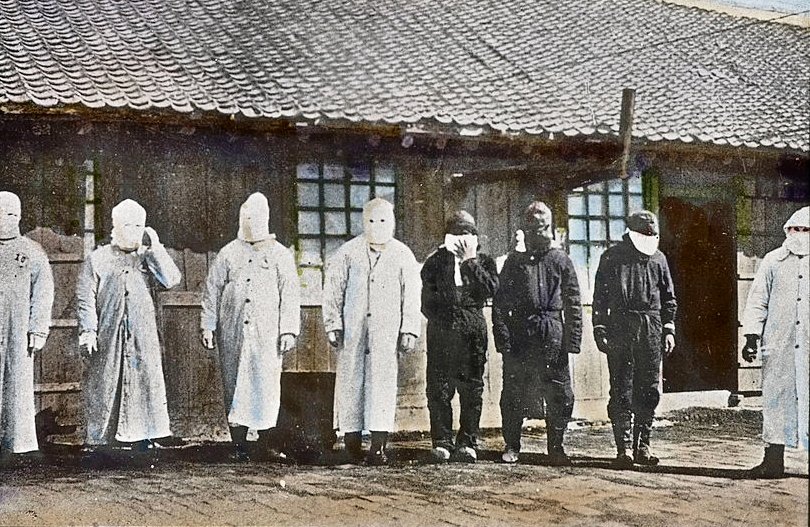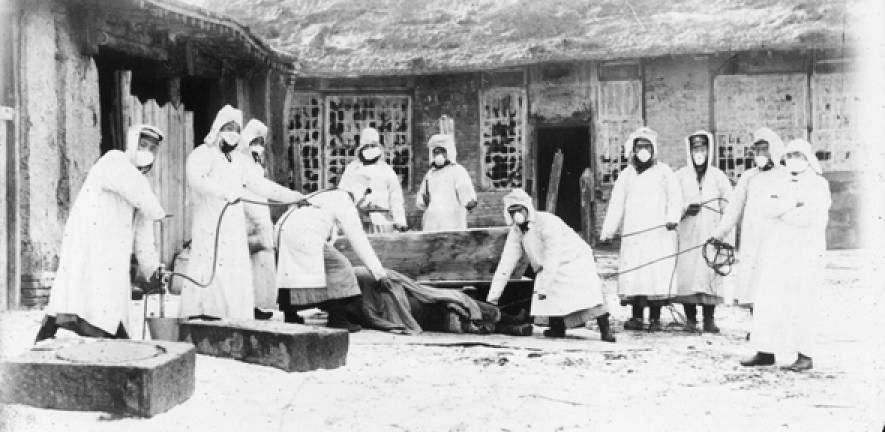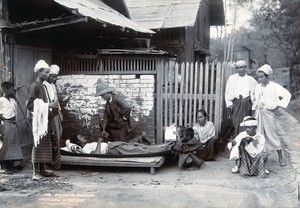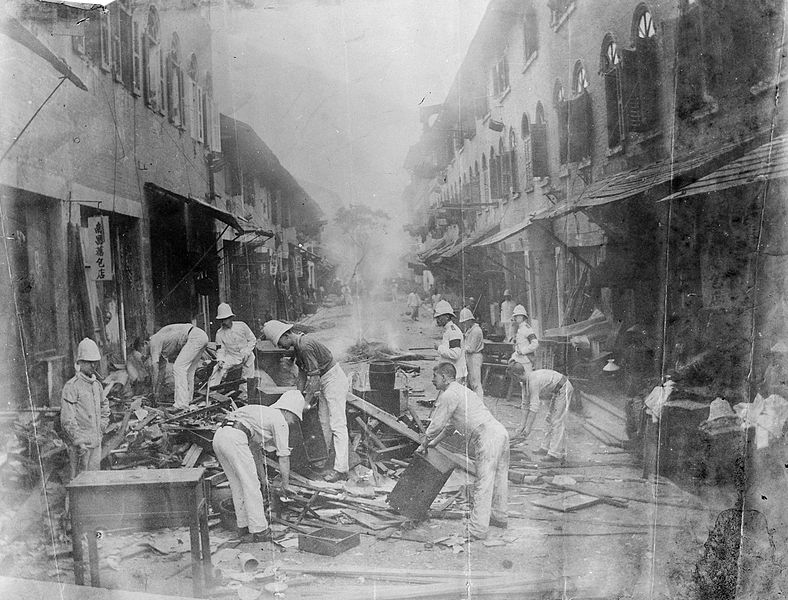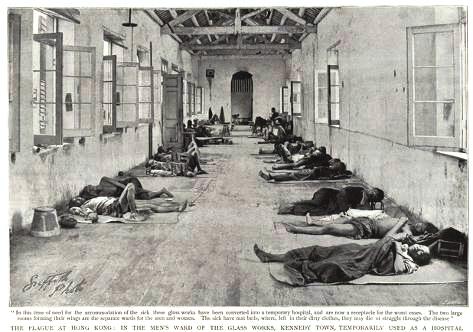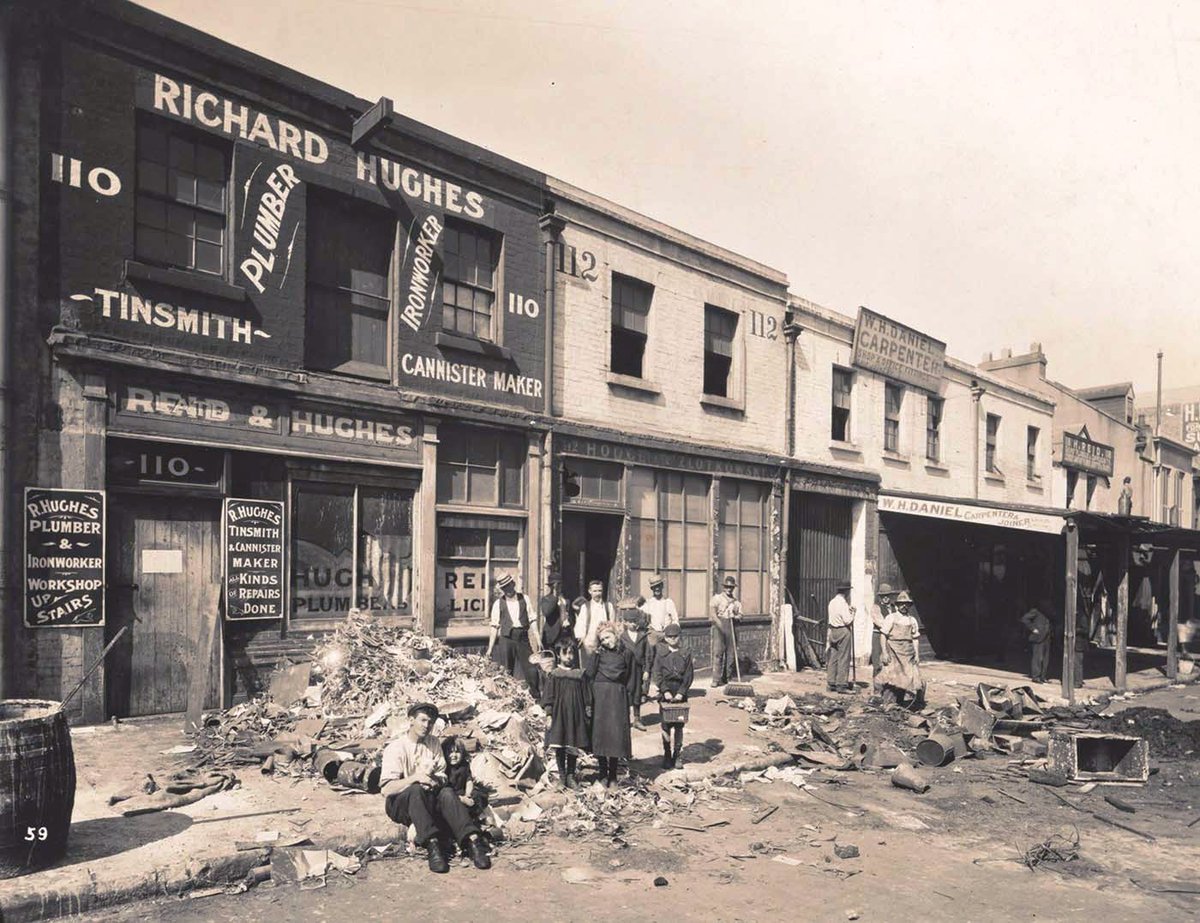Humankind is most thankful to Dr.Edward Jenner who invented viral infectious disease smallpox vaccine in 1796 AD.He saved billions of lives.I have seen smallpox patients in my childhood. In my school, there were students who survived smallpox but with lifelong ugly scarred faces.
British introduced smallpox vaccine in India in 19th century. It was a painful process in old time.Indian people were against such vaccine as they had blind faith that smallpox was curse of God & could be treated with blessings of Shitala Mata.British started vaccination dept.
In old-time, people hid their children to avoid smallpox vaccination when vaccinator visited their village/town.Smallpox had a mortality rate of 30% (Corona has 4%).In human history, smallpox was the worst epidemic which killed about 50 Crore people in its 12000 years existence.
Smalpox disease was the greatest killer of history.Many world famous kings & queens, famous people died of smallpox. In 1010 AD Gujarat 3rd Solanki king Vallabhraj died due to smallpox after rule of 6 months.Mahmud Ghazni,Akbar,Abraham Lincoln & Stalin were survivors of smallpox.
Our ancestors suffered & faced the worst & brutal pandemics & epidemics like smallpox, plague, influenza (flu) & cholera in human history. Many written descriptions of such epidemics are available. In those days no modern medicines were available & millions of people lost lives.
Total death toll was 33 Crore (330 million) in these 10 worst outbreak of pandemics of history-Antonine Plague (165 AD),Plague of Justinian (542 AD),The Black Death Plague (1346-1353),Cholera (1860),Flu (1890),Cholera (1911),Spanish Flu (1918),Flu ( 1956 & 1968),AID (2005-2012).
Please watch a good documentry on deadly smallpox viral disease https://youtu.be/NowzdoyjVhs ">https://youtu.be/NowzdoyjV...
In history of humankind, plague was the deadliest pandemic/epidemic bacterial infectious disease spread by fleas/animals.It death toll was very high due to to its high mortality rate of 70% as there was no medicine in old time. Now it is almost abolished because of antibiotics.
The plague has historically occurred in large outbreaks, with the best known being the Black Death in the 14th century which resulted in greater than 50 million (5 Crore) dead. The plague had been used as a biological weapon since ancient time because of its high mortality rate.
Plague has a long history as a biological weapon. Historical accounts from ancient China and medieval Europe detail use of infected animal carcasses, such as cows/horses,and human carcasses, by the Xiongnu/Huns, Mongols,Turks and other groups, to contaminate enemy water supplies.
Plague victims dead bodies were also reported to have been tossed by catapult into cities under siege to spread plague among soldiers & inhabitants in the enemy fort. In the 14th century Mongol army used this tactic which spread The Black Death plague in Europe.
During World War II, Japanese Army developed weaponised plague, based on breeding and release of large numbers of fleas.During Japanese occupation of Manchuria, Unit 731 deliberately infected Chinese, Korean and Manchurian civilians and prisoners of war with the plague bacterium.
During 16 century to 19th century,European settlers in North America (now U.S.A.) used smallpox viruses as a biological weapon in their wars with native American Red Indians.Europeans gifted blankets infected with smallpox viruses to naive native Red Indians. It spread smallpox.
14th century The Black Death/ the Great Plague/ the Plague was the most devastating pandemic recorded in human history, resulting in the deaths of an estimated 75 to 200 million (7.5 to 20 Crore) people in Eurasia, peaking in Europe from 1347 AD to 1351 AD.
The Black Death was the first major European outbreak of plague and the second plague pandemic. The plague created a number of religious, social and economic upheavals, with profound effects on the course of European history. The Black Death probably originated in Central Asia.
The Black Death probably originated in Central Asia or East Asia, from where it travelled along Silk Road, reaching Crimea by 1343 AD. From there, it was most likely carried by fleas living on the black rats that travelled on Genoese merchant ships, spreading throughout Europe.
14th century the Black Death Plague doctor in mask & costume.Plague doctors wore a mask with a bird-like beak to protect them from being infected by deadly diseases such as the Black Death, which they believed was airborne. In fact, they thought disease was spread by miasma.
Watch full documentry on 14th century pandemic & #39;The Black Death& #39; or & #39;The Great Plague& #39; https://youtu.be/HPe6BgzHWY0 ">https://youtu.be/HPe6BgzHW...
The Great Plague, lasting from 1665 to 1666, was last major epidemic of plague to occur in England. It happened within the centuries-long Second Pandemic,a period of intermittent bubonic plague epidemics which originated in China in 1331, the first year of the Black Death.
The Great Plague killed an estimated 100,000 people—almost a quarter of London& #39;s population—in 18 months.The 1665–66 AD London plague epidemic was on a far smaller scale than the earlier 14th century Black Death pandemic; it was remembered afterwards as the "great" plague.
As in other European cities, the plague was endemic in 17th century London. The disease periodically erupted into massive epidemics. There were 30,000 deaths due to the plague in 1603 AD, 35,000 in 1625 AD, and 10,000 in 1636 AD, as well as smaller numbers in other years.
London was one of the dirtiest cities of the world at the time of the Great Plague of London of 1665 AD. There was no sanitation, and open drains flowed along the centre of winding streets. The City Corporation employed "rakers" to remove the worst of the filth.
The filth was transported in carts to mounds outside the walls where it accumulated and continued to decompose. The stench was overwhelming and people walked around with handkerchiefs or nosegays pressed against their nostrils.Such a situation was ideal to spread plague bacteria.
Reports of plague around Europe began to reach England in the 1660s, causing the Privy Council to consider what steps might be taken to prevent it crossing to England. Quarantine for ships coming to London was imposed in November 1663,following outbreaks in Amsterdam and Hamburg.
355 years old drawing of workers collecting dead bodies of victims of The London Great Plague of 1665 AD for burial.100000 people died in London in 18 months in this plague.
Watch interesting history documentry & #39;Filthy Cities: Medieval London& #39;. https://www.dailymotion.com/video/xydz4g ">https://www.dailymotion.com/video/xyd...
The third plague pandemic was a major bubonic plague pandemic that began in Yunnan, China, in 1855 during the fifth year of the Xianfeng Emperor of the Qing dynasty. This episode of bubonic plague spread to all inhabited continents & led to about 10 million death in India alone.
The third plague pandemic started in China in 1855. It continued up to 1960 in form of various outbreaks at various time at different places of world due to global shipping network which spread plague worldwide. It broke out in Bombay Presidency (including Gujarat) in 1896-1898.
The 1894 Hong Kong plague was a major outbreak of the third pandemic in the world from the late 19th century to the early 20th century. In May 1894, the first case occurred in Hong Kong. The patient was a national hospital clerk.
From May to October 1894, the plague in Hong Kong killed more than 2,000 people and one-third of the population fled Hong Kong. In the 30 years after 1926, the plague occurred in Hong Kong almost every year, killing more than 20,000 people.
Through the maritime traffic in Hong Kong, the plague epidemic originating in Yunnan, China, spread to all parts of the country after 1894 and eventually spread to all continents where humans live. The plague spread to India from Hong Kong in 1896 AD.
110 years old photos of third plague pandemic in Manchuria-China.(1) A doctor swathed in protective gear checks a patient in Manchuria during the 1910-11 outbreak of pneumatic plague, the last before the discovery of sulpha drugs in 1933 AD.(2) Plague victims of Manchuria.
The third plague pandemic, which was brought from Hong Kong to British India in 1896 AD, killed about 1 million (10 Lakh) in India. It later also killed another 12.5 million (1.25 Crore) in British India over the following thirty years up to 1926 AD.
In 1896 AD the third plague pandemic was initially seen in Indian port cities, beginning with Mumbai, but later emerged in Pune,Kolkata, and Karachi (now in Pakistan). By 1899, the outbreak spread to smaller communities and rural areas in many regions of India.
The impact of plague pandemics was greatest in western and northern India—in the provinces then designated as Bombay (now Sindh, Gujarat, Rajasthan, Maharashtra,Karnataka),United Punjab, and the United Provinces (UP,MP)—while eastern and southern India were not as badly affected.
The British government& #39;s measures to control the disease included quarantine, isolation camps, travel restrictions and the exclusion of India& #39;s traditional medical practices, forming of Special Plague Committees with overreaching powers, and enforced by the British military.
Repressive government actions to control plague led Pune nationalists to criticise government publicly. In 1897, the Chapekar brothers, young Pune Hindus,shot and killed Walter Charles Rand, an I.C.S. officer acting as Pune Special Plague Committee chairman,& his military escort.
Network of global shipping ensured widespread distribution of the third plague pandemic over next few decades. Recorded outbreaks include: Beihai, Qing China 1882.Guangzhou, Qing China 1894.
British Hong Kong 1894.Japanese Taiwan, Empire of Japan 1896. Jeddah, 1896.Mecca, 1898..A
British Hong Kong 1894.Japanese Taiwan, Empire of Japan 1896. Jeddah, 1896.Mecca, 1898..A
Medina, 1898.Bombay Presidency, India, 1896–1898.
Calcutta, India, 1898.French Madagascar, 1898.Kobe, 1898.Khedivate of Egypt, 1899.Manchuria, China 1899.
Paraguay, 1899.Porto, Portugal, 1899.South Africa, 1899–1902.Republic of Hawaii, 1899.Glasgow, United Kingdom, 1900....B
Calcutta, India, 1898.French Madagascar, 1898.Kobe, 1898.Khedivate of Egypt, 1899.Manchuria, China 1899.
Paraguay, 1899.Porto, Portugal, 1899.South Africa, 1899–1902.Republic of Hawaii, 1899.Glasgow, United Kingdom, 1900....B
San Francisco, U.S.A., 1900.Manila, 1900.
Australia, 1900–1905.Russian Empire/Soviet Union, 1900–1927.Fujian, China 1901.Thailand, 1904.British Burma, 1905.French Tunisia, 1907.Trinidad, Venezuela, Peru and Ecuador, 1908.Bolivia and Brazil, 1908.Cuba and Puerto Rico, 1912...C
Australia, 1900–1905.Russian Empire/Soviet Union, 1900–1927.Fujian, China 1901.Thailand, 1904.British Burma, 1905.French Tunisia, 1907.Trinidad, Venezuela, Peru and Ecuador, 1908.Bolivia and Brazil, 1908.Cuba and Puerto Rico, 1912...C
Each of these areas, as well as Great Britain, France, and other areas of Europe, continued to experience plague outbreaks and casualties until the 1960s. The last significant outbreak of plague associated with the pandemic occurred in Peru and Argentina in 1945 AD....D
Old photos of doctors & staff in plague hospitals in China during the outbreak of third plague pandemic of 19th century.
114 years old photo of an outdoor examination of a plague patient in Mandalay in British Burma (now Myanmar) during the outbreak of third plague pandemic was taken in 1906 AD.
126 years old photo of British army soldiers clearing plague-infected houses in British ruled Hong Kong (now in China) during the outbreak of third plague pandemic was taken in 1894 AD. The plague reached India at Mumbai from Hong Kong in 1896 AD.
126 years old photo of plague patients in men& #39;s ward of plague hospital at British ruled Hong Kong (now in China) during the outbreak of third plague pandemic was taken in 1894 AD. The plague reached India at Mumbai from Hong Kong in 1896 AD.
120 years old photo of cleaning of plague-infected houses at Sydney in Australia during the outbreak of third plague pandemic was taken in 1900 AD.
The third plague pandemic reached India first at Mumbai port city by maritime traffic of ships & steamers from British Hong Kong in 1896 AD. It spread from Mumbai to Gujarat, Maharashtra, Karnataka & Sindh (now in Pakistan) provinces of the Bombay Presidency in 1897 AD.
The rapid growth of Mumbai& #39;s commerce led to a large influx of workers. In the 1891 census the population of Mumbai was counted to be 820,000. Most of the immigrant workers (over 70%) lived in chawls. The city services were not geared towards the well-being of the working class.
Overcrowded Mumbai was ideal place for spread of plague. In September 1896 the first case of bubonic plague was detected in Mandvi area of city. It spread rapidly to other parts of the city, and the death toll was estimated at 1,900 people per week through the rest of the year.
Dr.Acacio Gabriel Viegas was a Govenese medical practitioner who was credited with the discovery of the outbreak of bubonic plague in Bombay, India, in 1896. His timely discovery helped save many lives in the city and was credited with the inoculation of 18,000 residents.
Many people fled from Mumbai at this time. Dr.Viegas correctly diagnosed disease as bubonic plague and tended to patients at great personal risk. He was also President of Bombay Municipal Corporation. He then launched a vociferous campaign to clean up slums and exterminate rats.
In 1896 AD major population of Mumbai was Gujarati people who developed Mumbai.Many Gujarati people fled from Mumbai to their native cities/towns/villages of Gujarat when plague pandemic broke out in Mumbai.They spread plague in Gujarat province of Bombay Presidency in 1896-97 AD

 Read on Twitter
Read on Twitter